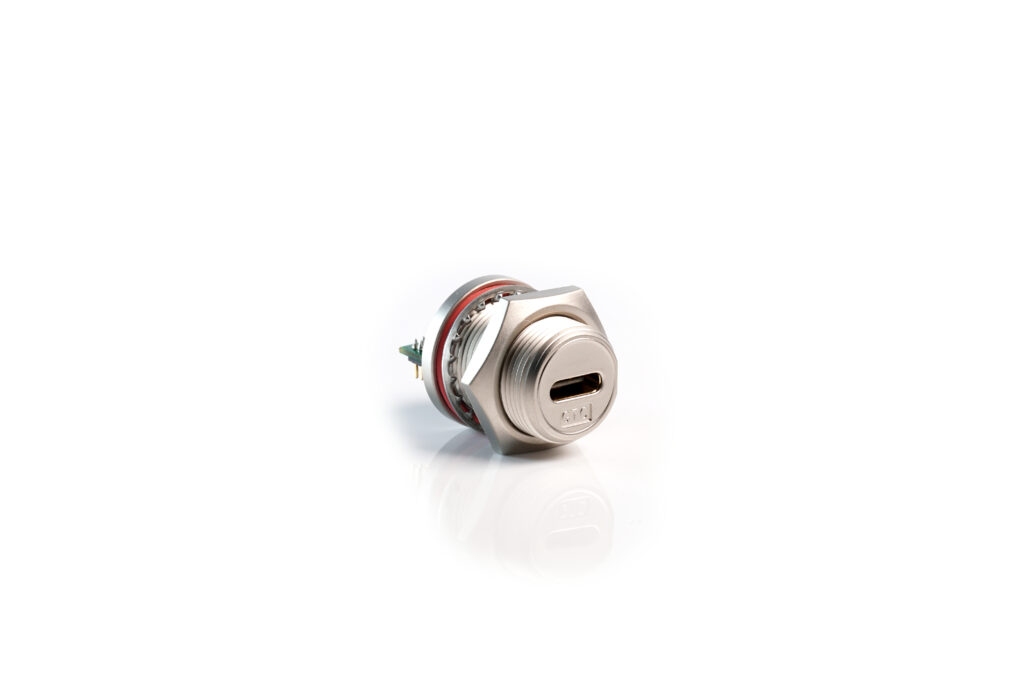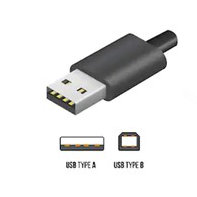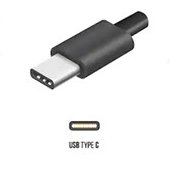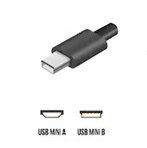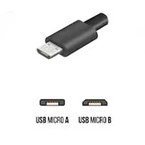In a world where most homes have a multitude of electrical devices and technology is ever-changing, it is no surprise that many of us complain that there are too many cables and wires to keep a track of.
The image of a drawer, box or cupboard filled with random electric cables is all too familiar to many of us. For many, the USB port has become a household name for electrical devices, but most people have no idea about the varieties of USB connectors and cables and the importance they bring.
In this buying guide, we hope to make sense of all the different USB connectors and cables on offer by explaining how they work, which to pick and what the difference between them all really is.

